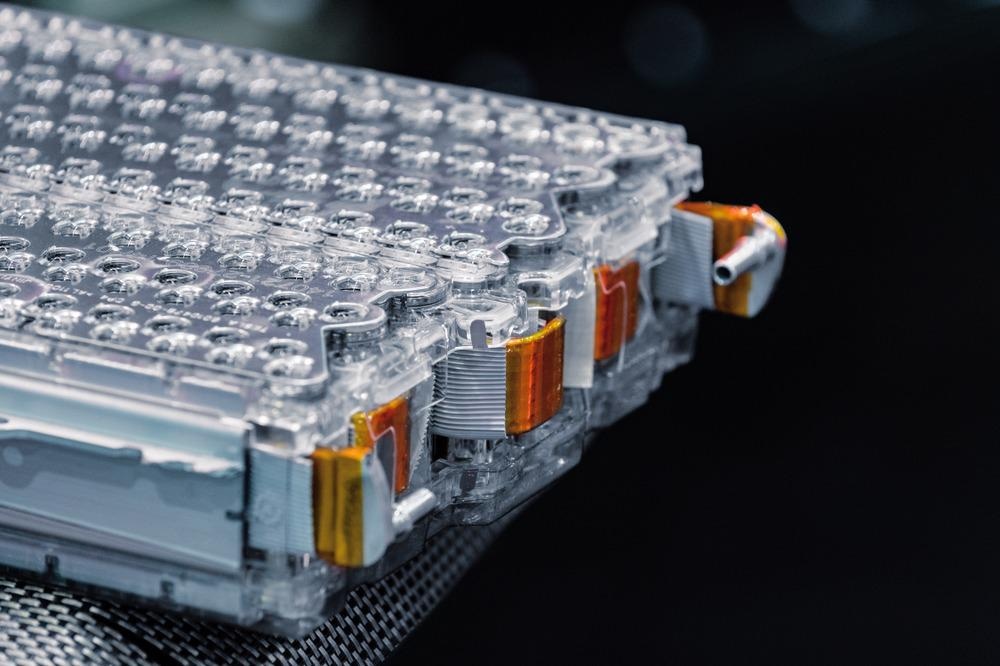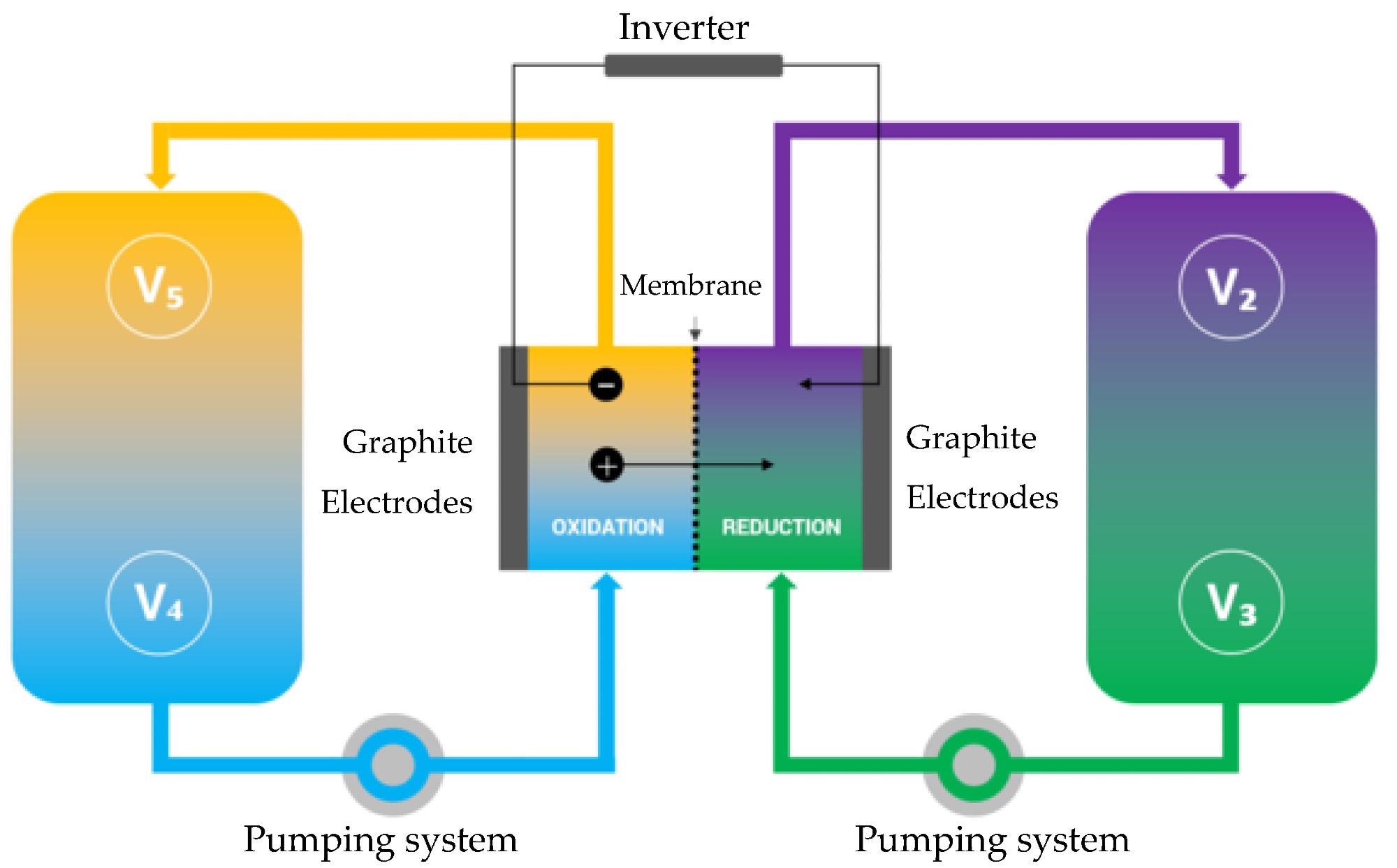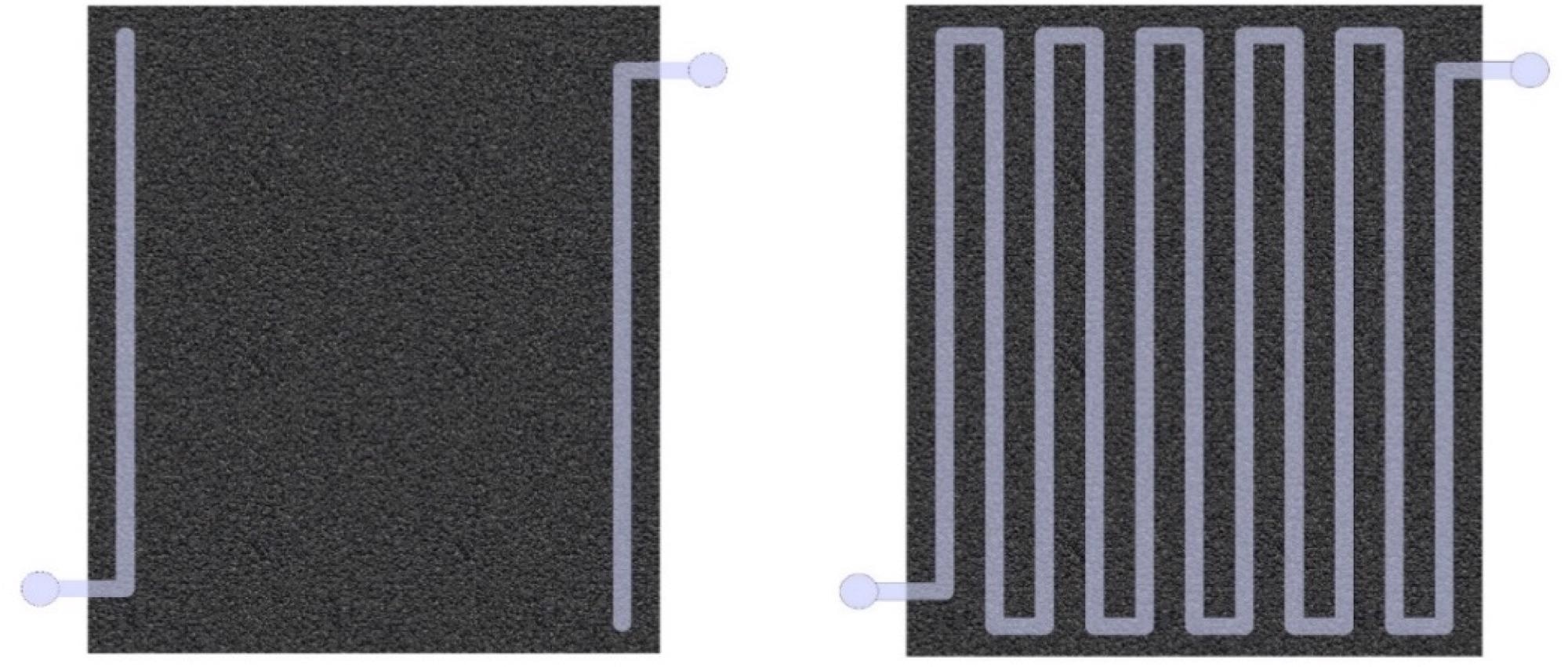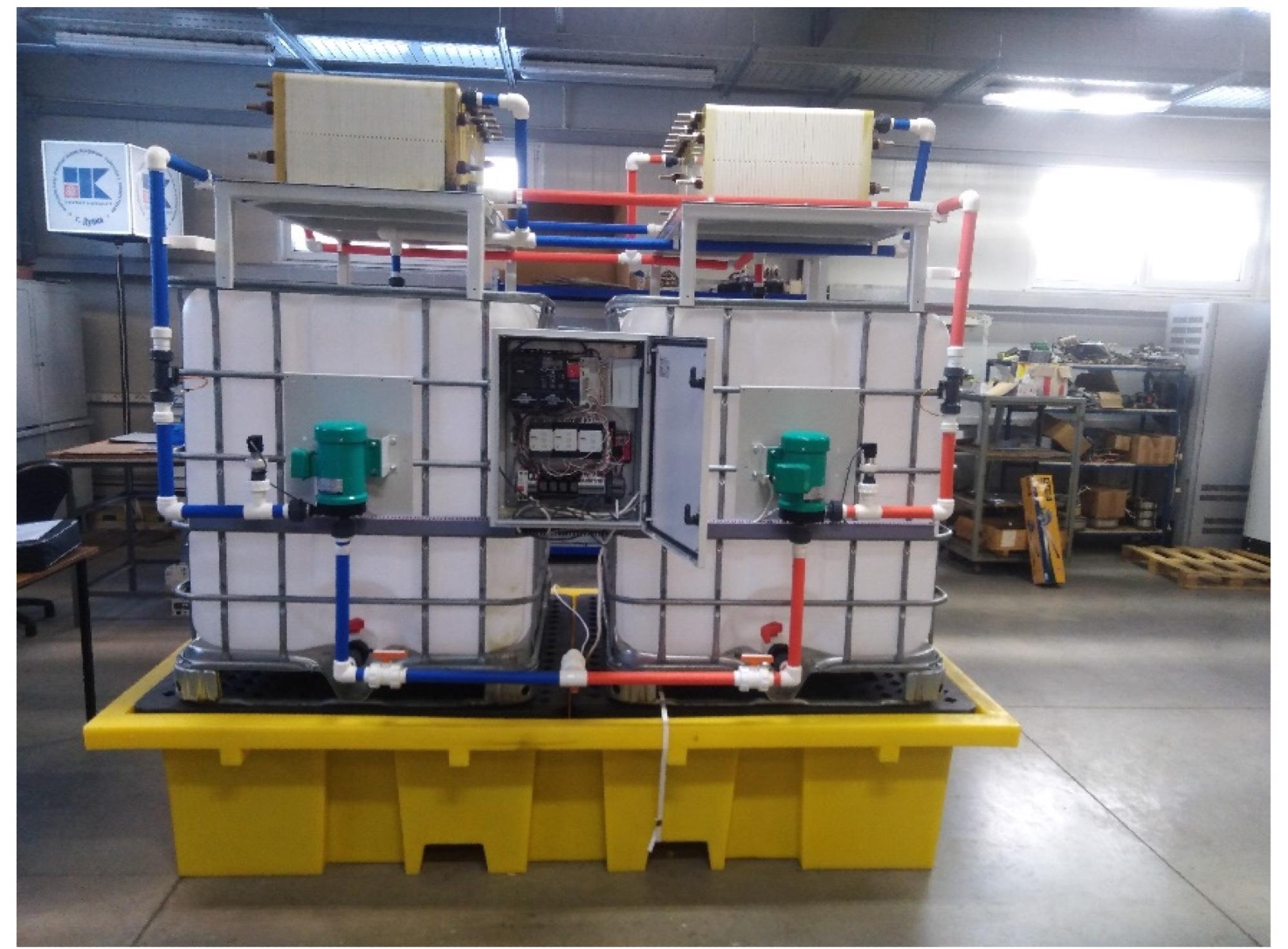 By Surbhi JainReviewed by Susha Cheriyedath, M.Sc.Apr 25 2022
By Surbhi JainReviewed by Susha Cheriyedath, M.Sc.Apr 25 2022In an article recently published in the open-access journal Energies, researchers discussed the utility of flow batteries as a source for an autonomous power supply system.

Study: Source for Autonomous Power Supply System Based on Flow Battery. Image Credit: Sergii Chernov/Shutterstock.com
Background
When a facility requires an uninterrupted power supply, two independent power supply sources are usually employed to assure reliability. The system includes an uninterruptible power supply (UPS) or an automated transfer switch (ATS) to an alternate network, which allows for a smooth transition to the backup power line during the main source's outage. To accomplish this, energy storage devices such as supercapacitors, batteries, mechanical energy storage devices, and others are installed in the UPS.

VRFB cell: V2—discharged cathode electrolyte V2+: V3—charged cathode electrolyte V3+; V4—discharged anode electrolyte V3+: V5—charged anode electrolyte V5+. Image Credit: Kuzmin, I et al., Energies
One of the most suitable energy storage systems is the flow battery (vanadium redox flow battery, VRFB). The complexity associated with the control system and the poor energy storage density, which results in an increase in dimensions and weight, are both downsides of VRFB. Electric energy storage systems (ESS), which also incorporate VRFB-based uninterruptible power systems, are currently in widespread usage in a variety of industries. Understanding the flow distribution, restrictions, local current distribution, and maximum current density are necessary to optimize the design of the flow battery.
About the Study
In this study, the authors addressed the pressing need to provide a technological and manufacturing foundation for the development and serial production of energy storage systems based on flow batteries, as well as uninterruptible power systems based on them. A test stand for the flow battery stack's operating modes was created. A 5-kW flow battery was tested with an electrolyte containing hydrochloric acid, which was used as a stabilizer in new generation electrolytes.
The researchers designed and built a prototype of a VRFB-based UPS system with a capacity of 15 kWh and a rated power of 5 kW. A method for producing an electrolyte for the development of a flow battery was established, and it was synthesized in a large enough quantity for laboratory testing. A 5 kW VRFB was tested, and a laboratory technological equipment configuration for industrial electrolyte production was created.
The team analyzed flow battery-based new-generation UPS systems. The impact of the design and characteristics of electric energy storage devices on the UPS systems operation was assessed, and power converters for the hybrid specialized sources were developed. Power supply systems with specific power supplies included mathematical descriptions and control algorithms. Further, experiments on the operation of specialized sources in the power-supply systems with established infrastructure were demonstrated.
To optimize the functioning of the control algorithm, a study of the UPS system's operability in emergency conditions was illustrated. The electrolyte stability during the cycling process was assessed, and methods for recovering the resource of a VRFB without any change in the electrolyte of the system were also examined.

Type of flow half-cells of various designs. Image Credit: Kuzmin, I et al., Energies
Observations
In discharge mode, the 5 kW VRFB stack produced a long-term output of 5 kW, while short-term output power could exceed 8 kW. VRFB had a 69.9% energy efficiency, and the specific capacity corresponding to the used electrolyte was 17.11 kWh/m3. The load control unit enabled the VRFB discharge mode to be implemented with consistent power. The temperature of the electrolyte could not rise above 5.7 °C throughout the testing, which implied that there was no need to be concerned about the electrolyte overheating during the VRFB operation.
The only flaw discovered during the tests was a considerable variation in battery voltage upon discharge from 58 V to 35 V. As a result, a VRFB-incorporated power system must be fitted with either a controlled DC-DC converter for providing a regulated inverter or a DC load to deliver a constant voltage to the load for the supplying of an AC load. The development of such devices on a current power electronics component base posed no specific challenges.

Prototype of the UPS system based on 5 kW/15 kWh VRFB. Image Credit: Kuzmin, I et al., Energies
Conclusions
In conclusion, this study elucidated the development of a VRFB hydraulic design, and the properties of the cells were investigated as the electrolyte pumping rate was changed. It was demonstrated that a change in the pumping rate of electrolyte has little influence on the stack's power and efficiency (less than 10%) in the operating modes zone. The UPS electrical circuit and control algorithm based on VRFB were proposed, and the UPS' dynamic properties in the VRFB discharge/charge modes were also investigated.
The authors observed that the proposed VRFB could run with a 1.5-times overload without losing efficiency, and even with a rise in efficiency without losing capacity, demonstrating the designed electrolyte's good compatibility. They believe that the scientific originality is in the invention and research of unique control algorithms for a UPS system based on batteries, which will boost the ESS efficiency depending on the consumer's load.
Disclaimer: The views expressed here are those of the author expressed in their private capacity and do not necessarily represent the views of AZoM.com Limited T/A AZoNetwork the owner and operator of this website. This disclaimer forms part of the Terms and conditions of use of this website.
Source:
Kuzmin, I., Loskutov, A., Osetrov, E., et al. Source for Autonomous Power Supply System Based on Flow Battery. Energies 15(9) 3027 (2022). https://www.mdpi.com/1996-1073/15/9/3027